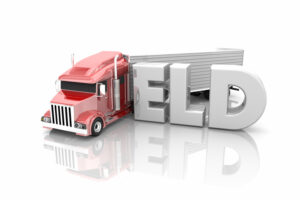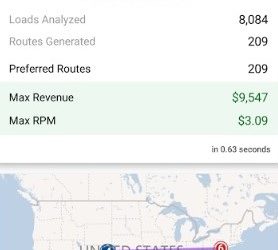In our last article, we discussed the approval from Congress for the new MAP-21 ELD Mandate, what it means for drivers, and the associated costs fleets can expect to pay for the new regulatory equipment.

But what about MAP-21 itself? The actual litigation behind MAP-21 and the provisions it sets forth are still a mystery to most. This article explains all you need to know about MAP-21 and how it can benefit from its hard institution date in 2017.
Objections to the MAP-21
In 2012, the “Moving Ahead for Progress in the 21st Century” act was signed. This act was also referred to as MAP-21. People publicized its beginning as the greatest thing since sliced bread, or at least the best thing for America’s surface transportation industry. MAP-21 has provisions for many aspects of the transportation industry and the money to back several necessary improvements to the roads themselves.
The primary issue is how MAP-21 applies to the trucking industry and owner-operators. Many of us in the industry groaned in dismay; after all, the old system was working. Who has the time and money to install new computers and learn new software? It’s now the law, or at least it will be in 2017 when MAP-21 becomes the standard for all commercial trucks and fleets on the road at the time.
What is the Change for Owner-Operators?
What is the change when it boils down to the fleet managers and truck drivers? Not much, so don’t hand in your notice for fear of the new equipment. The replacement of AOBRD’s with the ELD is the primary change. Instituting an essentially paperless system for tracking HOS, use of engine periods, faster processing times for safety and regulatory personnel, and real-time tracking between fleet managers and trucks for less downtime in between loads, just to name a few.
The new systems are designed to be smarter and smaller, with many models around the size of a smartphone, taking up less dash room in the cab.
ELDs have additional GPS location services to get you and your load to the destination faster. With synchronized systems, your fleet manager or dispatch center can see your progression and have return trips lined up faster based on your estimated arrival time. This means the likelihood of being able to plan days ahead and see your family vs. the old fly-by-the-seat-of-your-pants system.
Part of MAP-21’s aim is to reduce truck driver fatigue, fostering honesty about actual hours worked by truck drivers and preventing them from overworking themselves in the pursuit of higher paychecks by automatically logging HOS. The reality is driver fatigue has been cited as the cause of too many accidents and deaths. We are quite literally working ourselves to death by pushing our limits in the driver’s seat. MAP-21 aims to cut down on letting overworked and sleep-impaired drivers go down the road.
Who is Exempt From the ELDs?
The way MAP-21 is currently written, all trucks will be required to meet regulations by 2017, but there are a few exceptions.
- Trucks manufactured before the year 2000 are not required to institute ELDs. Now, this means it’s not required because they usually don’t have the ECM needed to hook the ELD into the truck’s engine for the information to be logged, but if your vehicle has the ECM, it’s advantageous to institute the new ELDs.
- Driver Away and Tow Away states do not require an ELD when the load is a vehicle. This does not apply to RVs or Mobile Homes.
- “Short Haul: The use of an ELD is not required if the short-haul exemption is not broken more than eight times within a 30-calendar day cycle. However, if the exemption is broken more than eight times, an ELD would be required for the remainder of that 30-day cycle,” according to ELDfacts.com
On a side note, fleets already equipped with electronic logs, while not exempted from MAP-21 regulations, have until 2019 to comply with new legislation standards. This does not mean they don’t have to comply with MAP-21. This means they have a little longer to bring their equipment or software up to the new requirements.



 In the trucking industry, we begin to reflect on the different changes that occurred in 2018. The electronic logging device (EL...
In the trucking industry, we begin to reflect on the different changes that occurred in 2018. The electronic logging device (EL...

